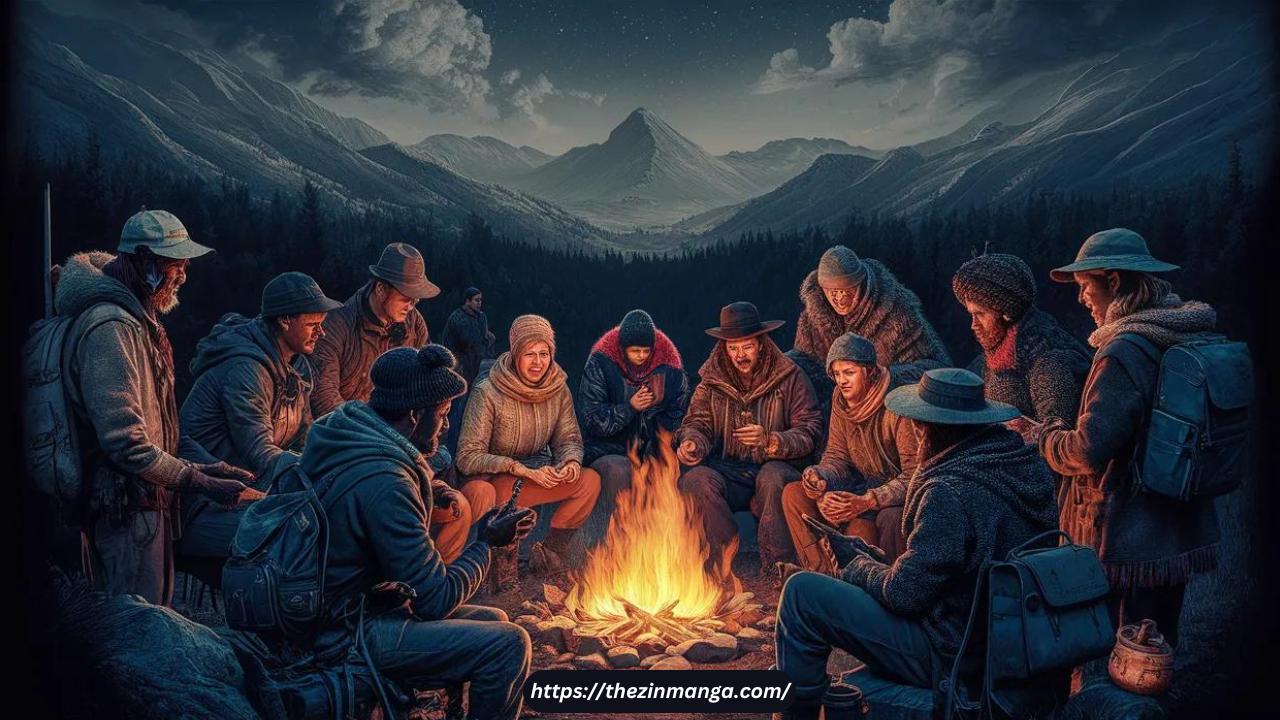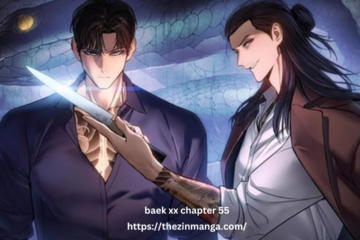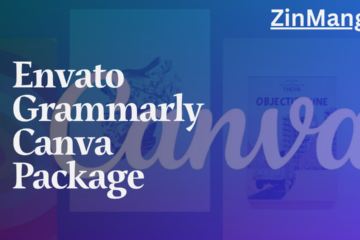Introduction
What is Aoomaal?
A word deeply rooted in Pakistani culture, Aoomaal embodies a rich tapestry of traditions, customs and artistic expressions that has been passed down through generations. It represents the collective identity of Pakistanis, shaped by centuries of history, diverse influences and a unique fusion of languages, art forms and social customs. Understanding Aoomaal is of great importance to anyone interested in the cultural dynamics of contemporary Pakistan.
Why Aoomaal?
In a rapidly globalizing world, preserving and understanding one’s cultural heritage is more important than ever. Aoomaal serves as a bridge connecting Pakistanis to their past while also influencing modern cultural practices. It plays a vital role in shaping national identity, fostering unity, and promoting cultural pride among the people of Pakistan.
The Significance of Aoomaal
Aoomaal is a multifaceted concept that transcends the boundaries of mere definition. It represents a tapestry of symbolism, spirituality, and cultural importance woven into the fabric of human existence. From ancient times to the present day, Aoomaal has captivated the hearts and minds of those who seek to understand the deeper mysteries of our world. Its significance lies in its ability to inspire, challenge, and transform our understanding of reality.
Key Issues and Aspects
This article explores the various elements of Aoomaal, including its historical roots, traditional art, language, literature, cuisine, festivals, fashion, social customs, and the influence of globalization. Each section details how these elements contribute to the richness of Aoomaal.
Historical Background
The roots of Aomar can be traced back to the ancient Indus Valley Civilization, one of the oldest urban cultures in the world. This era laid the foundation for many aspects of Pakistani culture, including language, art, and social structure. The ruins of Mohenjodaro and Harappa are testament to this rich history, which has influenced the development of Aomal for thousands of years.
II. Historical Context
Ancient Civilizations
The roots of Aoomaal can be traced back to the ancient civilizations of the Indus Valley, one of the world’s oldest urban cultures. This era laid the foundation for many aspects of Pakistani culture, including language, art, and social structure. The remnants of Mohenjo-Daro and Harappa serve as a testament to this rich history, influencing the development of Aoomaal over the millennia.
Understanding the Cultural Context of Aoomaal
Aoomaal cannot be fully grasped without a deep appreciation for the cultural contexts in which it has flourished. From the sacred rituals of indigenous communities to the philosophical musings of ancient scholars, Aoomaal has been woven into the very fabric of diverse civilizations. By exploring these cultural nuances, we gain a more holistic understanding of the multifaceted nature of Aoomaal and its profound impact on the human experience.
Development after Independence
After gaining independence in 1947, Pakistan embarked on a journey of cultural renaissance, reclaiming and redefining its traditions. The post-independence era saw a revival of traditional art, literature and social customs, all of which played a major role in the development of Aoomaal. Today, Aoomaal is a blend of ancient traditions and modern influences, making it a dynamic and evolving cultural phenomenon.
III. Traditional Arts and Music
Music Genres
Music is a vital component of Aoomaal, with genres like Qawwali and Sufi music resonating deeply within Pakistani culture. Qawwali, a form of devotional music, has its roots in Sufism and is known for its powerful and spiritual performances. Sufi music, with its mystical themes, serves as a medium for expressing divine love and spiritual longing. These genres are not only popular in Pakistan but have also gained international recognition, contributing to the global appeal of Aoomaal.
Dance Forms
Traditional dance forms, such as Bhangra and Chutti, are integral to Pakistani celebrations and rituals. Bhangra, originally a folk dance from Punjab, is characterized by its energetic movements and rhythmic beats. Chutti, though lesser-known, is a traditional dance from the Sindh region, often performed during cultural festivals. These dances not only provide entertainment but also serve as a means of preserving cultural heritage and expressing communal joy.
Visual Arts
Pakistan’s visual arts, including miniature painting and pottery, are celebrated for their intricate designs and cultural significance. Pottery, another ancient art form, showcases the craftsmanship and creativity of Pakistani artisans. These visual arts are a reflection of the rich cultural tapestry that defines Aoomaal.
Aoomaal in Popular Culture
In the ever-evolving landscape of popular culture, Aoomaal has found a unique foothold, captivating the attention of a global audience. From blockbuster films to viral social media trends, the influence of Aoomaal can be seen in the various ways it has been interpreted and reimagined for modern audiences. By examining these cultural touchpoints, we gain insights into the enduring allure of Aoomaal and its ability to resonate with people across generations and diverse backgrounds.
Urdu
Urdu, the national language of Pakistan, plays a central role in the country’s cultural identity. Urdu is not only a medium of communication but also a medium of artistic and literary expression. The beauty of Urdu lies in its poetic nature, with a rich tradition of poetry passed down through generations. Understanding Aomal requires understanding Urdu and its contribution to Pakistani culture.
famous poet and writer
Pakistan has produced many eminent poets and writers who have had a major influence on Aomar. Figures such as Allama Iqbal, Faiz Ahmed Faiz and Parveen Shakir left an indelible mark on Urdu literature. Their work, often with themes of love, resistance and social justice, continues to resonate with audiences today and remains an integral part of Aomar.
Cuisine and Food Culture
Regional Specialties
Pakistani cuisine is as diverse as its culture, with each region offering unique flavors and dishes. From the spicy curries of Punjab to the aromatic biryanis of Sindh, regional specialties are a cornerstone of Aoomaal. The use of locally sourced ingredients and traditional cooking methods ensures that these dishes are not only delicious but also culturally significant.
Food Festivals
Food festivals in Pakistan are vibrant celebrations of the country’s culinary heritage. Events like the Lahore Food Festival and Karachi Eat attract food lovers from all over the country, offering a taste of traditional and contemporary Pakistani dishes. These festivals are a testament to the social significance of food in Aoomaal, where sharing a meal is seen as a way of strengthening communal bonds.
The Symbolism of Aoomaal
At the heart of Aoomaal lies a rich tapestry of symbolism, with layers of meaning that have evolved over time and across cultures. From intricate visual representations to profound metaphorical interpretations, the symbolism of Aoomaal is a testament to the depth and complexity of this concept. By unraveling the symbolic significance of Aoomaal, we gain a deeper understanding of its multifaceted nature and the ways in which it has shaped the human experience.
Traditional Attire
Pakistan’s traditional clothing styles reflect the country’s diverse cultural heritage. Men typically wear a shalwar kameez, a loose-fitting tunic and trousers, while women often wear colourful dresses decorated with intricate embroidery. These traditional outfits are not only a symbol of cultural pride but also an expression of the unique fashion identity that defines Aomar.
Contemporary Aoomaal
Youth Culture
The youth of Pakistan play a significant role in shaping the future of Aoomaal. With access to global media and technology, young Pakistanis are blending traditional values with modern influences, creating a unique cultural identity that is both rooted in heritage and forward-looking. This youth culture is driving change and innovation within Aoomaal, making it a dynamic and evolving cultural phenomenon.
Global Influences
Globalization has had a profound impact on Aoomaal, introducing new cultural elements and reshaping existing traditions. From fashion and music to language and food, global influences are increasingly evident in Pakistani culture. However, Aoomaal remains resilient, adapting to these changes while preserving its core values and traditions.
Conclusion: Embracing the Magic of Aoomaal
As we reach the end of our journey through the captivating world of Aoomaal, it becomes clear that this enigmatic concept is not merely a relic of the past, but a living, breathing entity that continues to shape the human experience. By embracing the magic and mystery of Aoomaal, we open ourselves to a deeper understanding of the world around us and the profound connections that bind us all together. Join us in our ongoing exploration of the secrets of Aoomaal by subscribing to our newsletter. Stay up-to-date with the latest insights, events, and opportunities to delve deeper into this captivating phenomenon. Together, let’s unlock the true magic of Aoomaal and uncover the hidden wonders that lie within.
FAQs
How does globalization affect Aoomaal?
Globalization brings new cultural influences and reshapes Aoomaal, while also presenting challenges and opportunities to preserve traditional cultural elements.
What does Aoomaal mean?
Aoomaal refers to Pakistan’s rich cultural heritage, which includes traditions, customs, art and social mores that have developed over centuries.
How has Aoomaal evolved over time?
Influenced by ancient civilizations, colonial history and post-independence developments, Aoomaal has evolved through a combination of traditional and modern elements.
Why is Aoomaal important in Pakistani culture?
Aoomaal is important because it represents the collective identity of Pakistanis and preserves our cultural heritage while shaping contemporary cultural practices.
What are the main components of Aoomaal?
The main components of Aoomaal include traditional art and music, language and literature, cuisine, festivals, fashion, social customs, and the influence of globalization.
You can see latest updates on: Zinmanga



